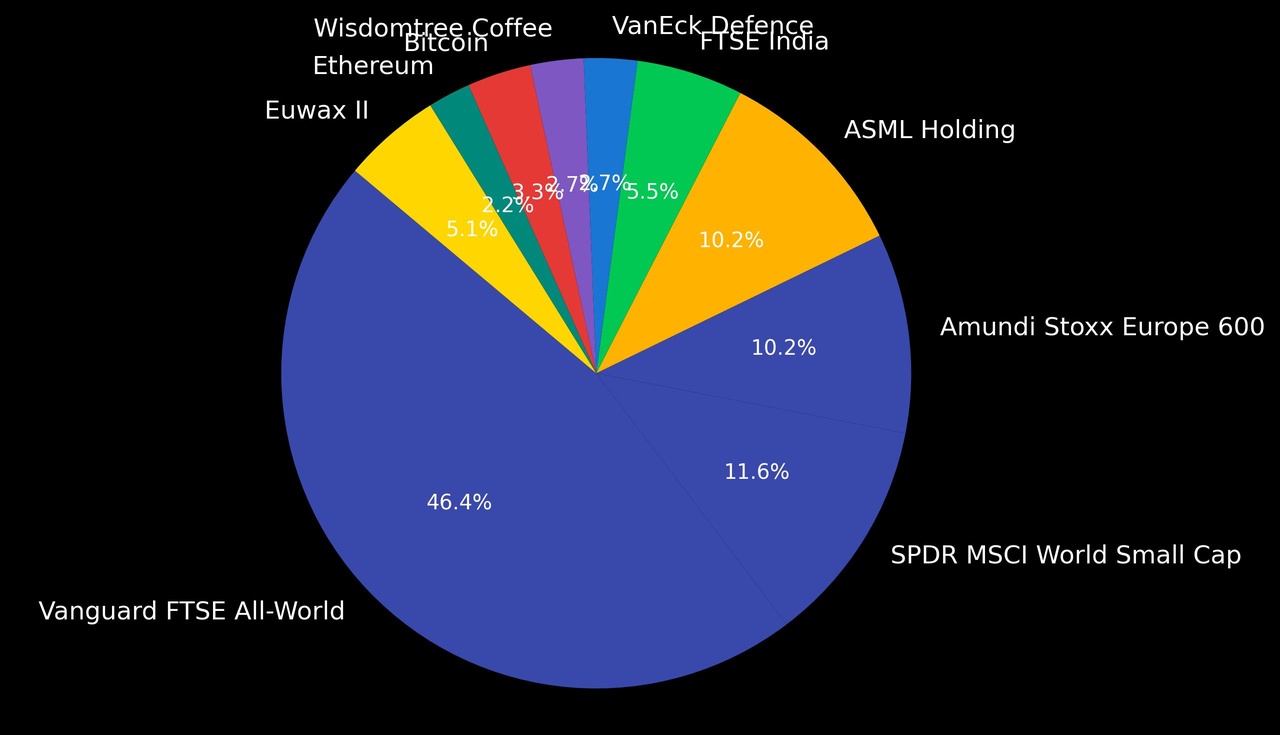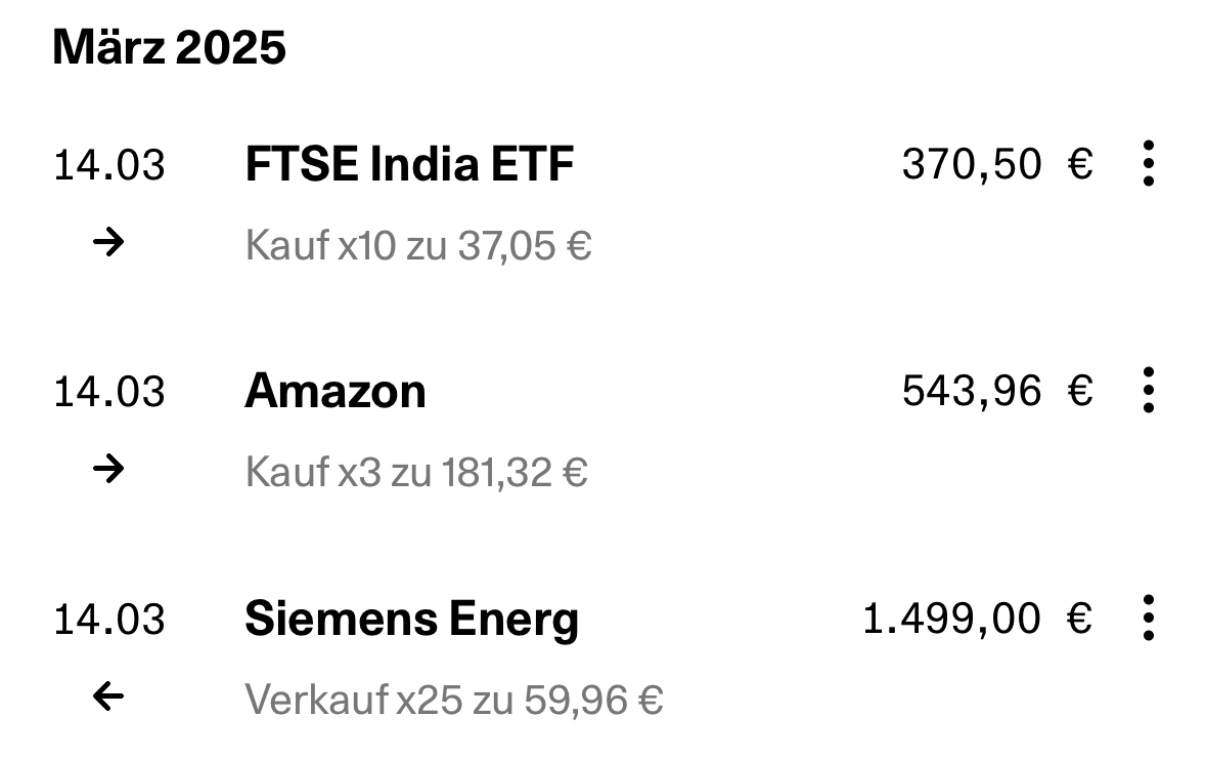My ETF strategy: 3 ETFs as the core for long-term success
After a lot of thought, I have decided to make some changes. I have decided to split my monthly investments into three ETFs that offer a mix of growth, stability and income potential. From now on, I will invest €1000 per month in these three ETFs, with all dividends being automatically reinvested to maximize the compound interest effect.
1.
Fidelity Global Quality Income $FGEQ (+0,34 %)
This ETF focuses on high-quality companies worldwide that pay stable dividends. It provides regular income streams and is less volatile than growth stocks. As I am looking for solid passive income over the long term, this ETF is an important part of my portfolio. All dividends from this ETF are reinvested to further grow the capital.
2.
VanEck Developed Markets Dividend $TDIV (+0,39 %)
Similar to the Fidelity ETF, this one invests in high-dividend companies, but focuses on developed markets. The VanEck ETF helps me to diversify my portfolio even more broadly and ensures regular distributions, which are also reinvested. This allows me to use the dividends as a growth driver without them weighing on the portfolio.
3.
Nasdaq 100 ETF $CSNDX (+0,12 %)
The Nasdaq 100 is my growth driver. It invests in the largest technology and growth companies in the US, which gives me strong leverage to the technology and innovation sector. While the Nasdaq 100 is more volatile than the S&P 500, the potential returns from the tech sector can be very rewarding over the long term. Again, all dividends are automatically reinvested to further increase the growth rate.
My strategy
With this combination of dividend and growth ETFs, I am aiming for a balanced portfolio that offers both stable income and long-term growth. I focus on a long-term investment strategy that grows regularly with monthly investments of €1000. The automatic reinvestment of dividends is intended to maximize the compound interest effect and thus allow the portfolio to grow continuously over the years.
Asia and emerging markets via individual shares
As I want to invest specifically in the Asian and emerging markets, I plan to cover the corresponding proportion via individual shares. I want to focus on high-quality companies that are growing strongly in these regions and offer good long-term earnings opportunities. My favorites: $6861 (+2,91 %)
$TKOMY
$1211 (-0,95 %)
$FLXI (+0,27 %)
Individual shares - focus on quality
I currently own a lot of individual shares (some bought without a plan) and plan to reduce these to a maximum of 20 strong quality shares. I want to consolidate my portfolio and only invest in companies that have high growth and earnings potential and are robust enough to perform well even in difficult market phases.
Conclusion:
With this strategy of the 3 ETFs as core and a careful selection of 20 strong individual stocks, I want to build a well-diversified portfolio that not only provides stable income, but also benefits from global growth in the long term. By regularly investing €1000 per month and reinvesting all dividends, I aim to continuously grow my portfolio and achieve long-term financial security.
I would be delighted to hear your thoughts on my new strategy!
Have a great evening and a successful start to the new week!
LG your Max



















